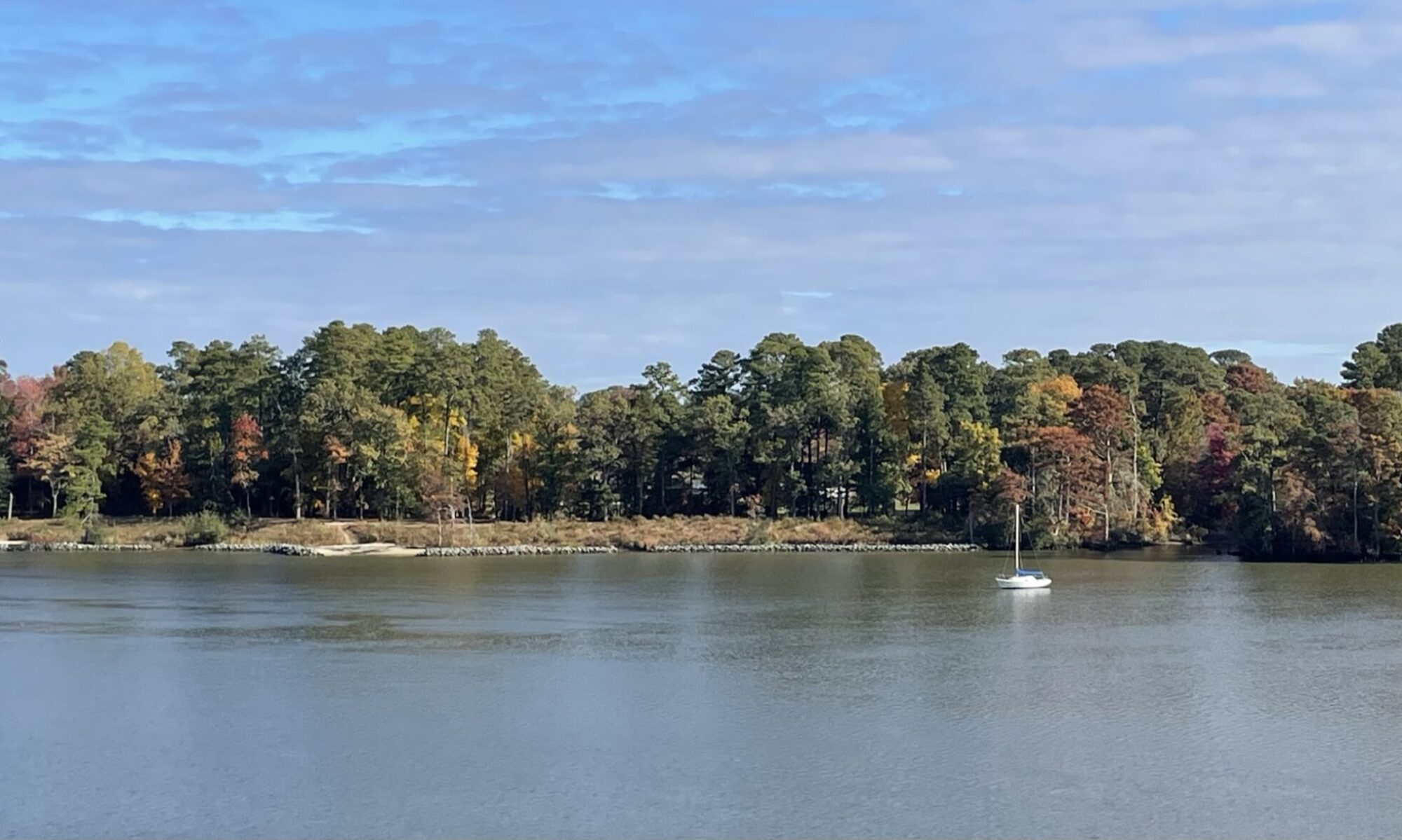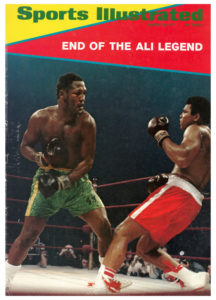This was a really fun story to work on, and different for me. I shadowed the Tidewater Appalachian Trail Club for a weekend day last spring as its members performed maintenance on approximately 11 miles of that legendary woods and wilderness. I has no idea such a club existed, let alone the extent of its work.
I enjoyed meeting the people who give of themselves tirelessly to commune and connect with the natural, symphonic beauty of Virginia.
The story ran in print in the great Distinction magazine and on its website. Thanks for checking it out.
When paradise needs upkeep, the Appalachian Trail Club hikes in.
by TOM ROBINSON photography by TODD WRIGHT
They gathered at Saturday’s gray dawn, deep in Virginia’s wooded heart. Seventy-five men, women and children from the Tidewater Appalachian Trail Club clambered from tents scattered about a picnic ground near Nellysford.
Eleven miles of Appalachian Trail entrusted to their club’s care since 1973 – from Reid’s Gap to the Tye River on a map – sorely needed love.
The punch list was lengthy. Downed trees blocked the hiking path. Conduits to underground springs were dry. Covered shelters were dirty, to say nothing of their privies. White blazes on trees that mark the path needed fresh paint. Invasive garlic mustard plants were overgrown.
So the Tidewater club ate breakfast, teamed up into crews and got down to it.
Joe Turlo sawed stumps at the Maupin Field shelter area. A veteran hiker who traverses Maryland’s 40 miles of Appalachian Trail every June, he knows stump-littered shelters are downright inhospitable.
Greg Seid and Marty Vines puzzled over a dusty spring pipe in the creek bed nearby. The stream occasionally runs dry, but hikers always need fresh water. They dug through dirt and leaves to the source and installed a fresh length of PVC pipe. Water slowly began to slide from its exposed mouth.
And God love Evelyn Addington, who did privy duty. Armed with cleaning tools and enviable courage, the retired teacher swept cobwebs and made multiple treks for stream water with which to flood the floor and scrub the commode.
It shined when she was through, as best a weather-beaten outhouse can shine. And she had no complaints. When you walk or work the AT, the task becomes all-consuming.
An “intense sense of pride” motivates the 31 clubs that help maintain the rugged, 2,190-mile trail, which stretches from Georgia to Maine, says the Tidewater club’s president, Juliet Stephenson. “We don’t hold the deed, but each club feels like it owns their section.”
Appalachian Trail ClubSeven Virginia clubs pitch in to preserve and protect the world’s longest continuous hiking trail. They partner with the Appalachian Trail Conservancy, the National Park Service, the U.S. Forest Service and various state agencies to ensure that the trail – “its vast natural beauty and priceless cultural heritage,” according to the conservancy mission – remains open to all forever.
Tidewater’s club absorbed its stretch from two small central Virginia clubs 43 years ago. Its members are quick to note their club is the farthest removed from the trail, some 200 miles.
The maintenance crews aim to keep the trail passable “without undue difficulty,” according to the conservancy standard. As a visual, workers picture clearing space for a hiker toting a 4-by-8-sheet of plywood.
But the Tidewater members don’t just clear the Appalachian Trail. They also maintain 23 miles in the St. Mary’s Wilderness, the White Rocks Trail and the Mau-Har Trail. The latter is a three-mile side trail to the Appalachian Trail, a loop the Tidewater club built to connect its shelter areas at Maupin Field and Harpers Creek.
The Mau-Har itself provides a challenging day-hike that lures a steady flow of outdoor enthusiasts. Overcrowding, in fact, is a growing concern among trail clubs and requires their added vigilance.
“But I’d rather know the trail is being enjoyed than see it unused and unappreciated,” Stephenson says.
It was Benton MacKaye’s appreciation for nature as a human escape from urban stresses that launched the Appalachian Trail nearly a century ago. A New England regional planner and conservationist, he conceived a connected series of study and farming camps from New Hampshire to North Carolina. Other enthusiasts embraced that vision, and the trail ultimately lengthened through 14 states.
The trail’s first path was blazed in upstate New York in 1923, but the full route from Georgia’s Mount Oglethorpe to Maine’s Mount Katahdin didn’t open until 1937. The southern terminus became Springer Mountain, Georgia, in the early ’60s.
A Pennsylvanian named Earl Shaffer completed the first thru-hike in 1948. He reversed direction in 1965 and walked the trail north to south. Even then he wasn’t finished. In 1998, he did the entire journey again at age 79, four years before he died.
Of the trail’s 14 states, Virginia claims the largest swath, 544 miles, roughly a quarter of the AT. According to the conservancy, the trail draws 3 million visitors a year.
Each year, a few thousand begin thru-hikes, fueled by the canon of trail books and films, including Bill Bryson’s A Walk in the Woods. A “walk” is not for the faint or ambivalent. The trail is taxing physically and emotionally, fraught with perilous weather, wildlife and human interaction. About half of thru-hikers quit within the first 30 miles. Only one in four completes the journey.
Conservancy ridge runners, equipped with satellite phones, are a presence in more-heavily traveled areas to lend comfort and direction. Still, hikers are known to tragically lose their way. Last fall, the remains of a female hiker who disappeared in Maine three years earlier were discovered, about a half-mile from the trail.
Pat Tilson, a thru-hiker from Deltaville, Virginia, happened upon the Tidewater workers during their labor. Stopping to chat, he was invited to the club’s camp dinner. He accepted the meal, a shower at the Sherando Lake Recreation Area and a ride back to the Harpers Creek shelter for the night.
“It’s a strange sense of community out here,” he said. “You meet people you think you’d have nothing in common with in the real world. But you sit with them in a shelter, you have no idea what their real name is, and you hear their stories – where to stay, where to avoid, did you hear what happened to Grandma? And Grandma is some guy. It’s fun.”
Tilson said he started in Pennsylvania and was attempting a flip-flop hike. Flip-floppers cover one trail segment, then drive or fly back to where they started or to the opposite terminus to complete their miles.
That’s how Stephenson did her thru-hike in 2010. She started with her sister, who abandoned the journey after 1,400 miles. Stephenson soldiered solo through the final 800.
“It changed me profoundly,” said Stephenson, a former Navy cryptographer who became a master gardener for Norfolk’s Hermitage Museum and Gardens. “I knew I couldn’t work inside anymore.”
Appalachian Trail ClubAs president, she wants to raise awareness of a club that offers far more than maintenance trips to darkest Virginia. It also clears trails locally, within First Landing State Park, False Cape State Park, New Quarter Park and Sandy Bottom Nature Park.
For $20 annual dues, it organizes a wide menu of outdoor activities, and holds seminars on such things as camping etiquette, map skills and wilderness first aid. A caveat: Eco-activists need not sign up to circulate petitions and such. The club is strictly recreational.
“Half of the people are pretty involved in environmental groups,” longtime club member Bob Adkisson says. “But you do that stuff on your own.”
His preoccupation is the stone cabin the club owns on 15 secluded acres near White Rocks Trail. It has no electricity or running water, and on a stormy night, it’s a dicey downhill walk to the privy.
But Adkisson, the cabin chairman, says the price is right: $5 a day for members who participate in maintenance. About 80 of the club’s membership of 425 are considered active.
“Hopefully we can get more young teens and 20-year-olds out here,” Stephenson says. “I think of it as planting a seed.’”
Rosanne and Douglas Cary get immediate payoff on their maintenance trips. They are certified sawyers, timber cutters trained by the forest service. Blowdowns, fallen trees that block passage, are common. The Carys, husband and wife, are among two dozen members who are certified to cut and clear timber.
Mostly, though, they do it by hand. Almost all of Tidewater’s trail mileage is designated wilderness, which the forest service vows will stay “untrammeled and free from human control.”
That means no power tools.
The Carys and their four hard-hatted colleagues faced a doozy of a chore. A huge oak had uprooted and crashed across the trail. Fallen timber isn’t automatically removed. If sawyers determine it can be stepped over without undue effort, it usually is let alone.
This one left no room for discussion. Like forensic specialists, the team surveyed the scene for ways the timber and hanging limbs might tumble.
The sawyers determined the severed trunk would roll through the path and into a standing tree. They eyed the rooted end with suspicion, however, fearing a kick. Two-person crosscut crews took arduous turns working through the trunk for 90 minutes before taking a break. Upon returning to the task, the sawyers worked another 30 minutes before Douglas Cary moved to the uphill side to cut alone and avoid being in the roll path.
At last, the trunk emitted a telltale crackle. Cary looked back to his wife: “Do you want to do the honors?”
Rosanne Cary was thrilled. She leaned into her saw as Douglas held the back of her belt for safety. When the trunk snapped and crashed, the sawyers whooped as if they had scored a touchdown.
“My legs are shaking,” she said.
The episode made for a gleeful postmortem that night at the camp’s buffet dinner. The afternoon’s drenching rain had dampened the picnic benches, but not the enthusiasm.
“I was a foo-foo girl growing up,” said Cindy Wong. “My country club ladies really don’t get this.”
A few years ago, Wong said she got a wild hair to hike in the Grand Canyon. To train, she worked out in a gym rather than practicing hiking. Big mistake.
“I lost two toenails,” she said.
That won’t happen again. The club, she said, has made her outdoors-savvy. She has even become a high-pointer, out to visit the highest point of elevation in every state.
She has 31 to go.
“I don’t have any desire to be a thru-hiker, though,” Wong said. “Three days in that woods, I gotta come out to civilization. I can only be but so hard-core.”





 Chavez raced to the besieged, burning harbor and did not leave again for more than a week. Then, he spent the next half-century avoiding discussions of the horrors he witnessed.
Chavez raced to the besieged, burning harbor and did not leave again for more than a week. Then, he spent the next half-century avoiding discussions of the horrors he witnessed.